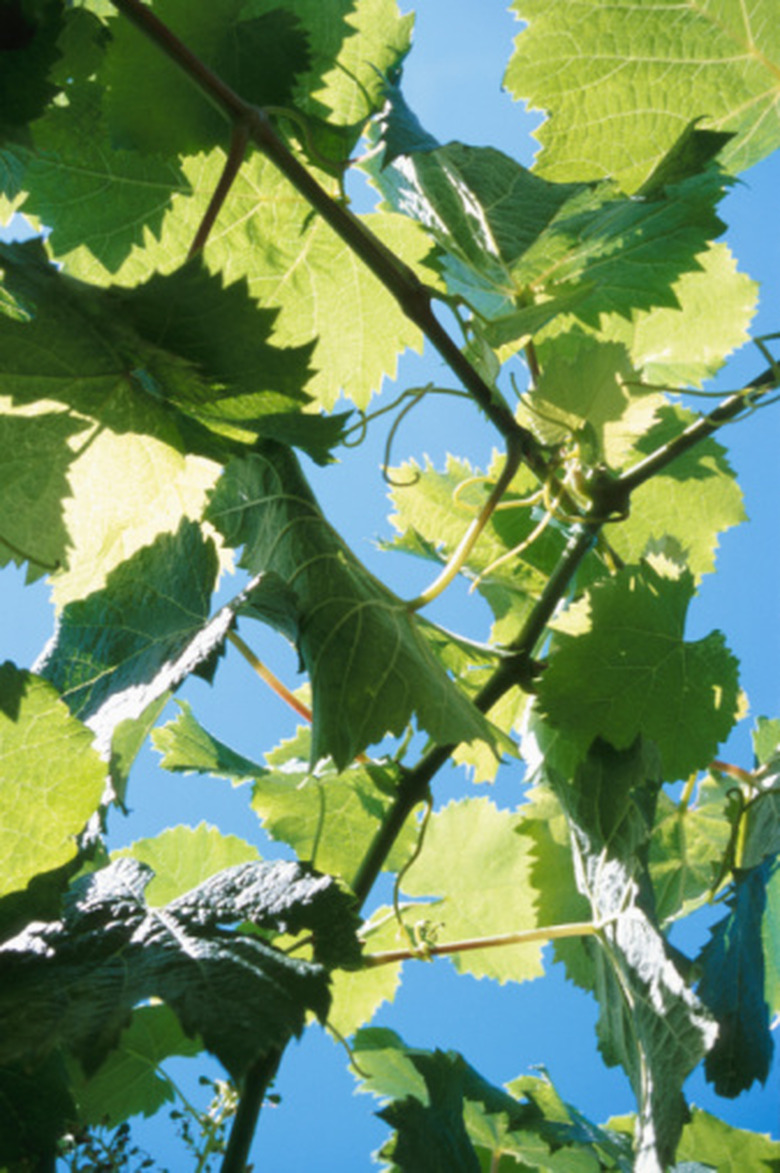How Does A Plant Convert Light Energy To Chemical Energy?
Have you ever wished you could make a snack appear out of thin air? If you were a plant, this would be a snap! Plants are able to make their own food from sunlight, something even the most resourceful (and hungry!) human isn't capable of doing. This conversion of light energy into chemical energy is called photosynthesis, and it's a complex process that plants (and all life on the planet, come to think of it) can't live without.
How Photosynthesis Works
How Photosynthesis Works
Plants are able to create food using the sun's energy. This is called photosynthesis. During this process, plants take sunlight, which is one form of energy, and transform it into sugars, or a form of energy that the plant can use more readily as food. Sunlight isn't the only ingredient that plants need to create food. There are other chemical compounds in photosynthesis. They also need water and carbon dioxide, and as they create sugars, oxygen is created as a byproduct.
What Is Chlorophyll?
What Is Chlorophyll?
Plants have special light-absorbing pigments called chlorophyll. Chlorophyll pigments can be found inside a plant cell's chloroplasts, which are small organelles that store the sun's energy. Chlorophyll is also what makes the plant green, because it absorbs energy from blue and red light waves and reflects the green light waves.
Chlorophyll also occurs in several forms. Chlorophylls a and b are found in most plants and green algae. Chlorophylls c and d are found in other types of algae, and chlorophyll e is a rare type of the pigment found in some golden algae.
In green plants, chlorophyll can be found in disc shapes called thylakoids in the organelles known as chloroplasts. Interestingly, the chlorophyll molecule is very similar in structure to hemoglobin, the pigment that carries oxygen in red blood cells of mammals and other vertebrates.
Trapping of Light
Trapping of Light
Light travels as groups of energy known as photons. Chlorophyll molecules in the chloroplast are able to absorb light in this form because they are grouped into antenna complexes. These complexes are made up of several hundred molecules that are held onto the thylakoid membrane by special proteins. Within each complex, there is a special group of proteins and chlorophyll molecules that make up a reaction center. Photons entering the chloroplast are funneled into this reaction center.
Light-Dependent Reactions
Light-Dependent Reactions
The first major stage of photosynthesis is the light-dependent reaction. There is a section of the chloroplast called the thylakoid membrane, and this is where the light-dependent reactions happen. This reaction needs a steady source of sunlight, which is why it's called light dependent.
The energy coming into the plant cell through light waves is absorbed by the chlorophyll and converted into chemical energy. This new chemical energy comes in two forms: ATP, or adenosine triphosphate, and nicotinamide adenine dinucleotide phosphate (NADPH). Both are chemicals found in most living cells and are used for energy.
Light-Independent Reactions
Light-Independent Reactions
The light-independent stage is also known as the Calvin Cycle. This cycle happens between the thylakoid membranes and the chloroplast membranes, in a space called the stroma. Unlike the reactions mentioned above, the Calvin Cycle does not require light. Energy from the ATP and NADPH molecules is used to convert carbon dioxide and water from the atmosphere into sugars such as glucose.
Why Does Photosynthesis Matter?
Why Does Photosynthesis Matter?
Without photosynthesis, most of the life on Earth today would struggle to survive. A plant's ability to convert light energy into chemical energy means that the energy in the biosphere becomes available to other living things. Organisms that use photosynthesis are called primary producers because they form the base of food webs, providing energy to the animals that eat them.
Most of the oxygen in our atmosphere is also present due to photosynthesis, so without these chemical processes, most plants and animals would disappear and the Earth's atmosphere would eventually lose most of its gaseous oxygen. Photosynthesis is critical to the survival of life on Earth.
Cite This Article
MLA
Taylor, Lindsey. "How Does A Plant Convert Light Energy To Chemical Energy?" sciencing.com, https://www.sciencing.com/how-does-a-plant-convert-light-energy-to-chemical-energy-12429701/. 30 September 2021.
APA
Taylor, Lindsey. (2021, September 30). How Does A Plant Convert Light Energy To Chemical Energy?. sciencing.com. Retrieved from https://www.sciencing.com/how-does-a-plant-convert-light-energy-to-chemical-energy-12429701/
Chicago
Taylor, Lindsey. How Does A Plant Convert Light Energy To Chemical Energy? last modified August 30, 2022. https://www.sciencing.com/how-does-a-plant-convert-light-energy-to-chemical-energy-12429701/
